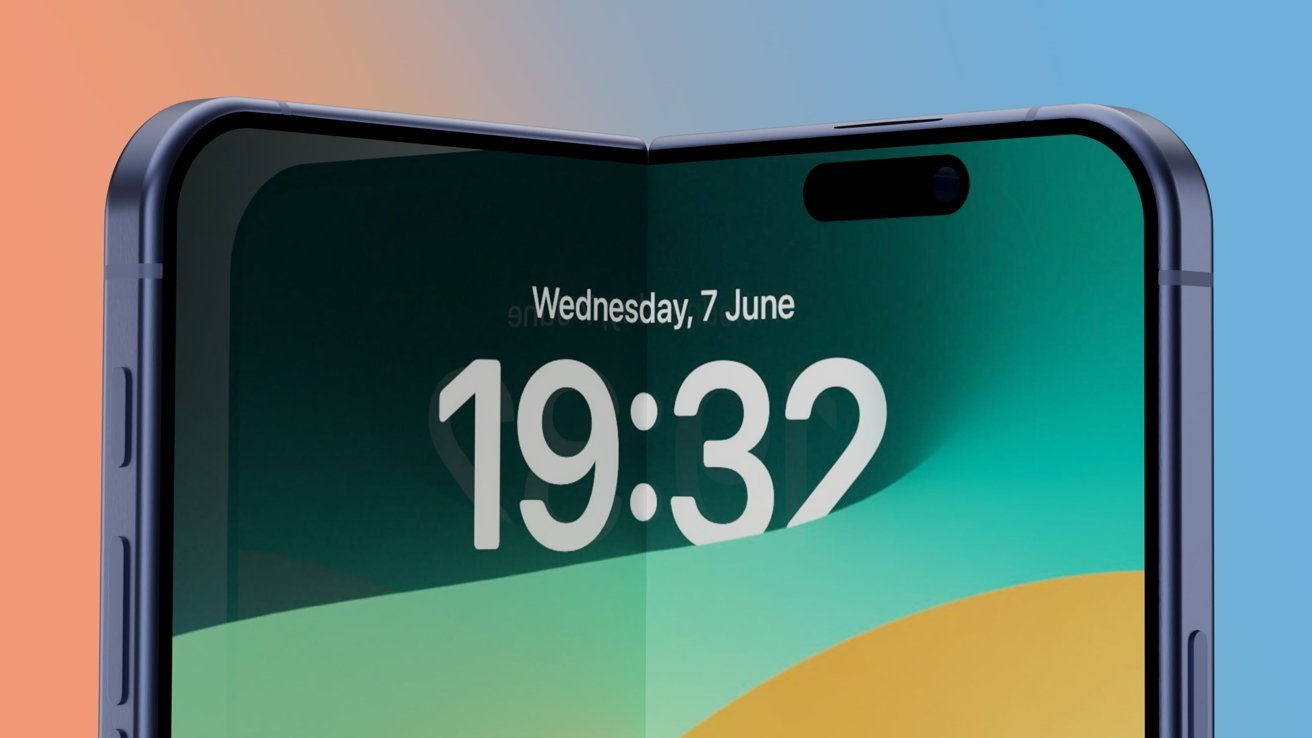www.macworld.com
MacworldWith the launch of the iPhone 16e, Apple discontinued the iPhone 14 and SE 3 as expected. Upon learning that the new entry-level iPhone now starts at a staggering $599 (up from $429), I was certain Apple would discount the iPhone 15 to around $499effectively replacing the SE model for budget-conscious buyers. Boy, was I wrong. Instead, Apple has the courage to keep selling the iPhone 15 at the same $699 price. It makes no sense.The iPhone 15 and 16e share many specsFrom afar, the iPhone 16e may seem a bit dated compared to the iPhone 15. It is tainted by the controversial notch, packs a single rear camera, and costs $100 less. In reality, both phones share many internal specs and the same main set of features users typically expectincluding the universal USB-C connector.Despite being cheaper than the iPhone 15, the all-new 16e model offers a similar 6.1-inch Super Retina XDR display, letting you consume crisp media and view true black levels. The two iPhones are also built from aluminum and glass, boasting the same IP68 rating for water and dust resistance. So, in terms of durability and everyday scrolling, the iPhone 15 and 16e are essentially comparable.Given how outdated the iPhone SE 3s rear camera is, the 16es single-lens setup may scare off potential buyers. Well, worry not, as Apple has equipped it with a 48MP camera, similar to that included with the iPhone 15. So, you can capture 4K video at 60fps, emulate 2x optical zoom without sacrificing the 12MP output quality, take portraits, etc. Your Instagram Stories wont look grainy, and your followers wont mistake it for an Android.Similarly, both the iPhone 15 and 16e pack a 12MP TrueDepth camera, enabling Face ID, Memoji, slo-mo video recording, HDR support, and more. So, the selfies you take on either device should look the same. The two iPhones both have a base storage of 128GB, and you can opt for 256GB or 512GB.Apple iPhone 16eAdvanced features at a lower priceWhile the iPhone 15 and 16e are built on the same foundation, they naturally feature exclusive perks. Surprisingly, the more affordable iPhone 16e includes newer technology absent from the 2023 model.For starters, its powered by Apples (binned) A18 chip, featuring 8GB of RAM, 6 CPU cores, 4 GPU cores, and 16 Neural Engine cores. Consequently, the iPhone 16e supports the full Apple Intelligence suite, including Writing Tools, Image Playground, ChatGPT integration, Genmoji, and more. For reference, the iPhone 15 packs an A16 chip, barring it from running Apples AI system.The iPhone 16e replaces the classic mute switch with the multifunctional Action button, a feature missing from the iPhone 15. So, you get to remap the key to execute custom shortcuts, including conditional tasks that adapt to your location, time of day, and other factors. You can even have it initiate Visual Intelligence, a perk curiously missing on the capable iPhone 15 Pro models.The iPhone 16e gives you the Action Button, the iPhone 15 does not.FoundrySpeaking of chips, the iPhone 16e is the first to pack Apples C1 modem. While this may sound like an insignificant tidbit aimed at geeks, it actually could impact casual users daily lives. Thanks to its improved power efficiency, the iPhone 16e boasts the longest battery life among 6.1-inch iPhones. According to Apples claims, the iPhone 15 and 16e can play video on a single charge for up to 20 hours and 26 hours, respectively.Another noteworthy iPhone 16e perk you wont find on the iPhone 15 is the Audio Mix feature. With this utility, you can control the audio of your video footage to highlight a specific speaker or ambient noise. Coupled with wind noise reduction, you can create better-sounding content without necessarily relying on professional microphones.FoundryInsignificant iPhone 16e no-showsIt goes without saying that the pricier iPhone 15 also packs some features that are excluded from the 16e variant. However, theyre arguably not worth the above-mentioned trade-offs and $100 upcharge.Perhaps the most noticeable omission is the Dynamic Island, which keeps Live Activities visible at all times. As an alternative, you could simply check the Notification Center or Lock Screen on your iPhone 16e.Another iPhone 16e absentee is the Ultra Wide lens, which enables the 0.5x zoom on the iPhone 15. This lets users capture more subjects or elements within the cameras frame. While a useful addition, its hardly essential, and many users rarely take advantage of it.If you buy an iPhone 15, you wont get Apple Intelligence featurescurrent or future.FoundryIn the video department, the iPhone 15 supports the Action and Cinematic modes. The former stabilizes shaky videos, while the latter adds a depth of field to your footage for subject isolation. Both features are usefulI personally rely on thembut choosing the more affordable iPhone 16e means going without them.Otherwise, the iPhone 15 offers the U2 Ultra Wideband chip for Precision Finding and the mmWave technology for superior connectivity. Still, the iPhone 16e offers standard 5G and Find My functionality, so you shouldnt be missing out on much.A more notable con is the lack of embedded magnets, meaning the iPhone 16e doesnt natively support MagSafe and is limited to Qi wireless charging. It also misses out on the vibrant color options and only comes in white and black. Fortunately, MagSafe cases can remedy both flaws on the iPhone 16e.Discount or discontinue the iPhone 15Considering the pros and consand factoring in the price differencethe iPhone 16e clearly offers more value for less money. While the iPhone 15 does have a few exclusive features, they simply dont compare to the iPhone 16es future-proof A18 processor. As Apple rolls out more AI-powered tools with iOS 19 and beyond, the iPhone 15 will only become less relevant, as it wont support any of them.If youre not looking to spend $799 on an iPhone 16, the $599 iPhone 16e is the obvious choice. At $699, I cant recommend the iPhone 15 to a single category of customers. Apple should have either dropped its price to $499 or discontinued it entirely.












